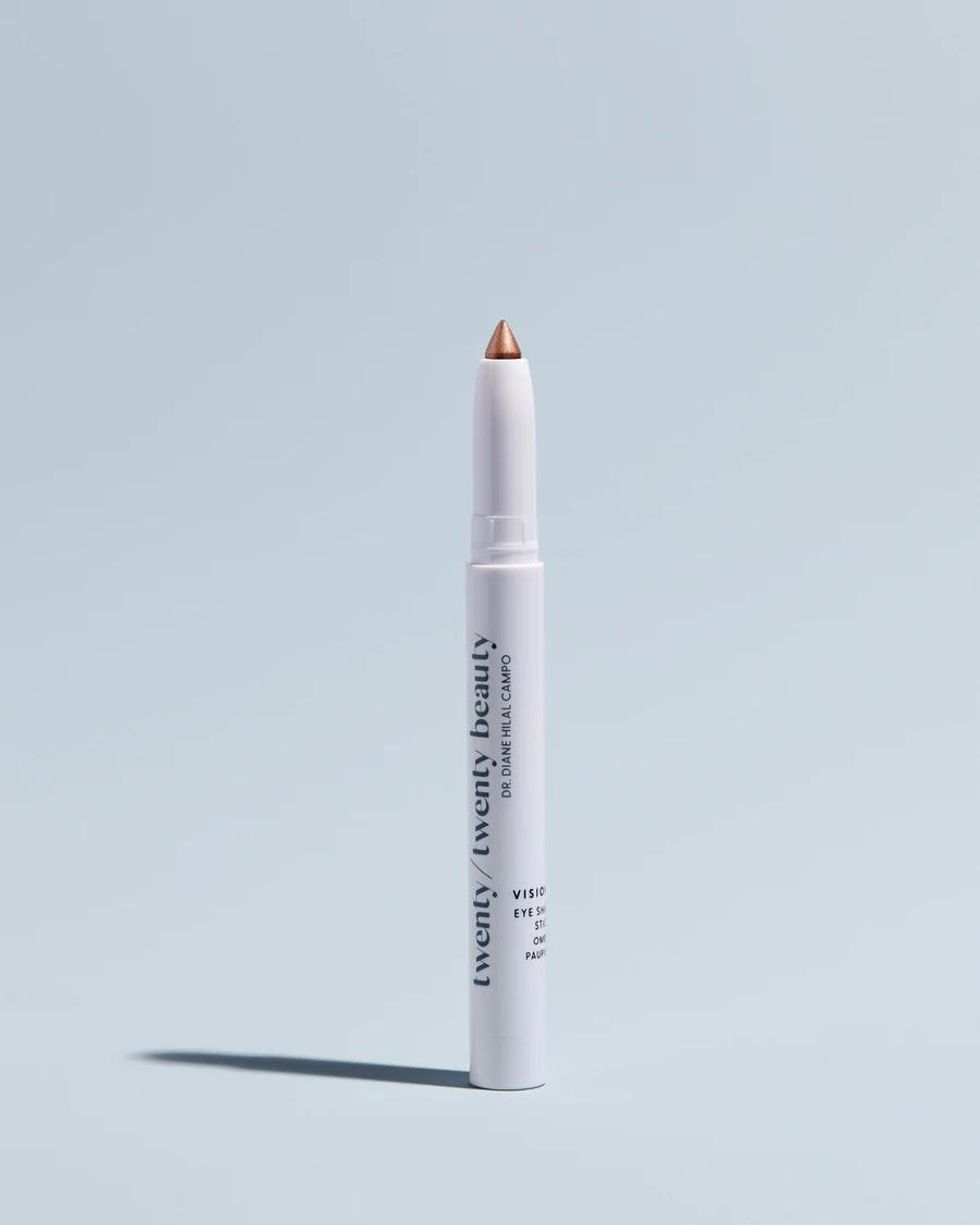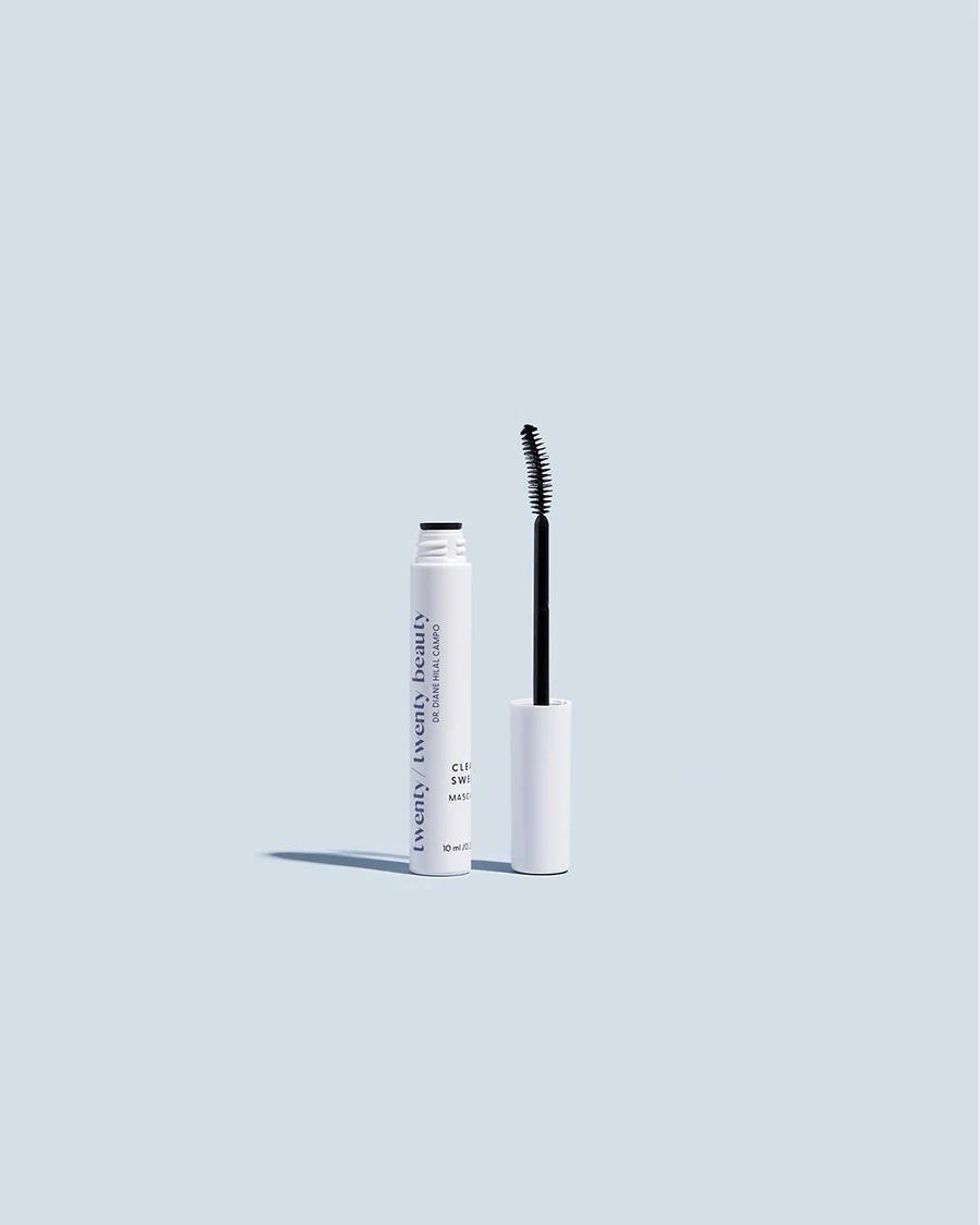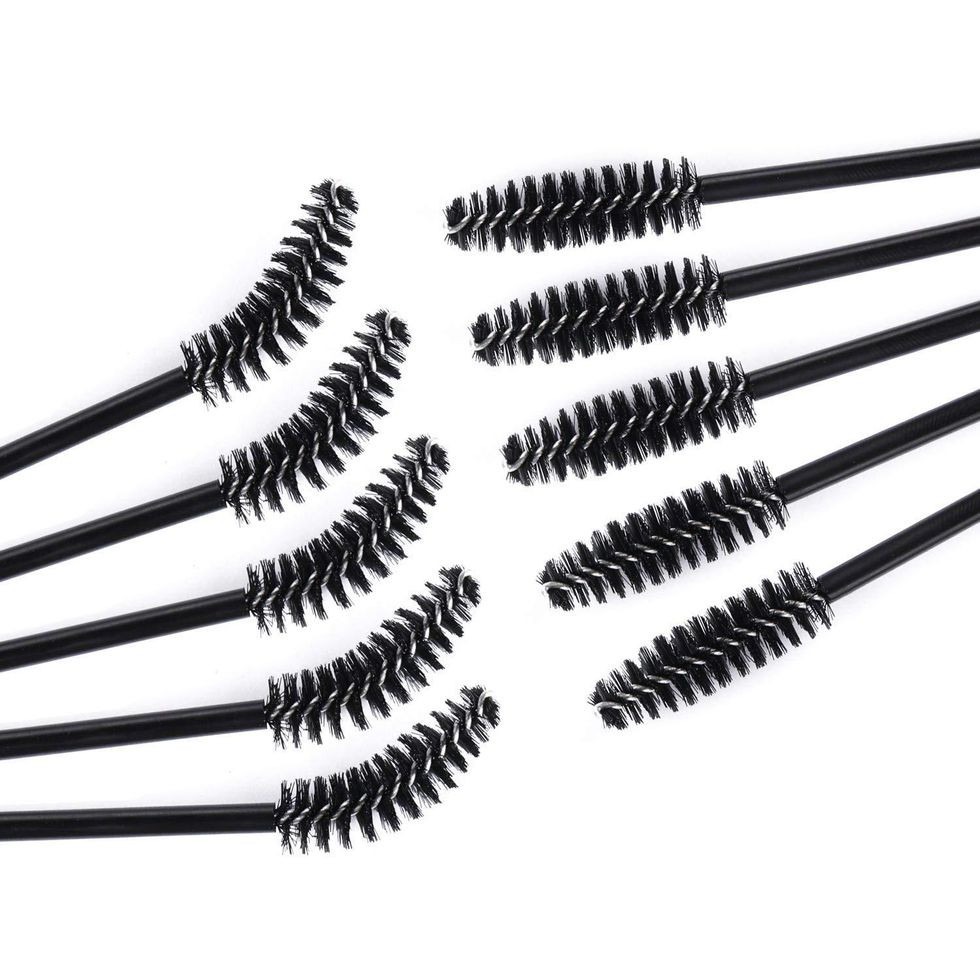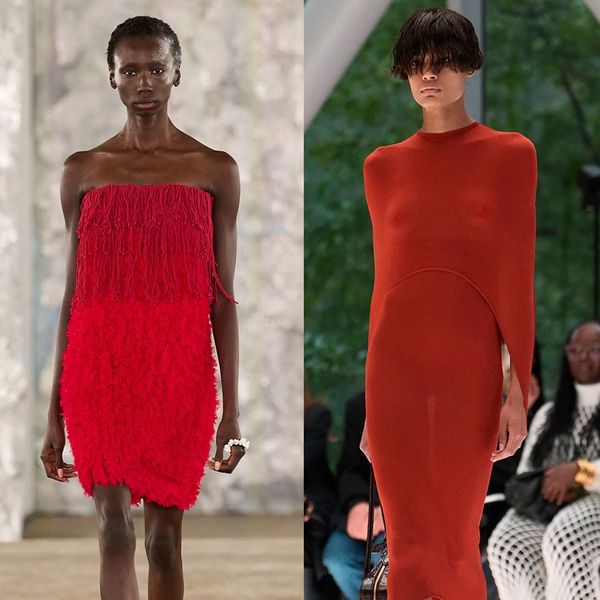Your Optometrist Wishes You’d Stop Tightlining
And other common beauty hacks that are doing more harm than good to your eye health.
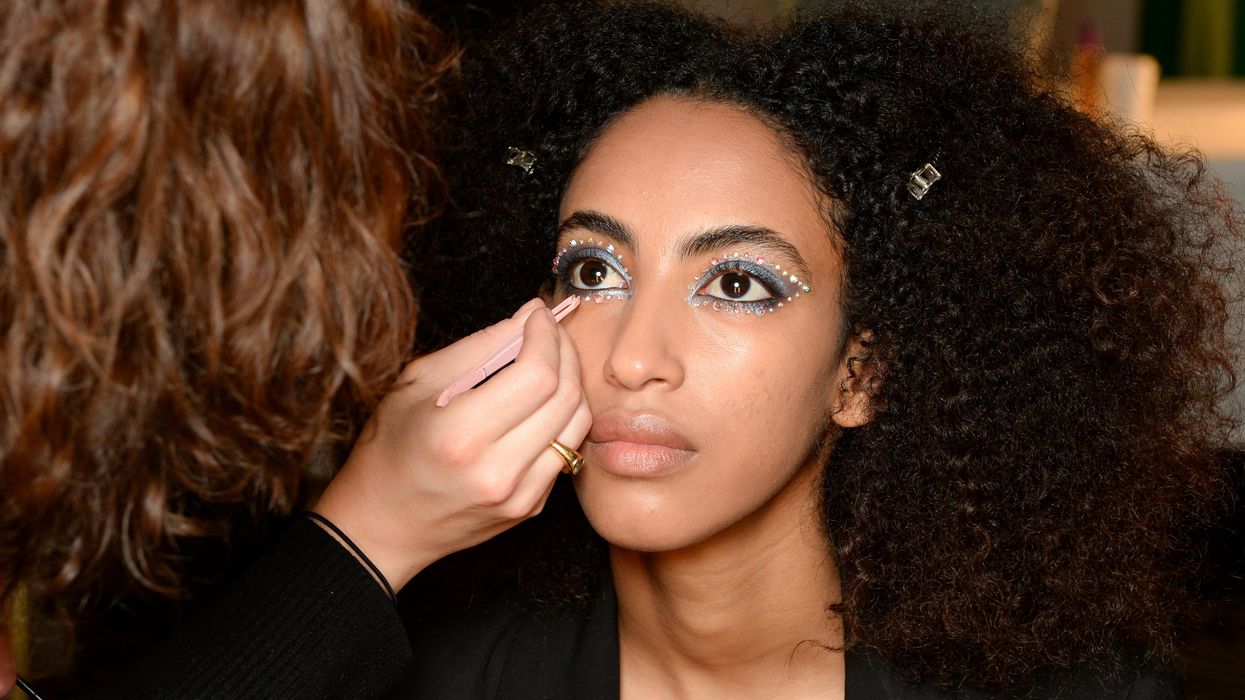
Before I wrote this article, I had no idea what went on beneath my corneas. In fact, most of what I learned from the opthamologists interviewed for this piece initially went over my head. The inner workings of your eyes are often low on the list of body priorities when your vision is still in stellar shape, but that’s far from best practice.
If you’re invested in your skincare regimen and makeup is part of your daily routine, eyecare is actually a very big deal. The same way that we, beauty enthusiasts, take the necessary steps to prevent things like fine lines, hyperpigmentation, and breakouts, we should be applying the same effort to keep issues like dry eyes and blepharitis, which occurs when tear ducts get clogged and the eyelids gets inflamed, at bay. New Jersey ophthalmologist Dr. Diane Hilal-Campo has been practicing for over 25 years and she’s seen a dramatic increase in dry eyes among women. “Between 2005 and 2012, the incidents actually tripled,” she tells Coveteur. “At this point, it’s at least 35 million Americans and the dramatic majority are women.” The plot twist? She thinks that our makeup habits are to blame. “The chemicals are toxic to the ocular structures that add to the tear film.”
Essentially, our tear film is made up of three layers: the meibomian gland, an aqueous layer that’s made by our lacrimal gland, and goblet cells, which make eye mucus (hot!!). Seeing these issues among her clientele inspired Dr. Hilal-Campo to create her own line of eye-safe makeup, Twenty/Twenty Beauty, after a visit from a client in product development for Bobbi Brown encouraged her to move forward with the idea.
As Dr. Hilal-Campo puts it, there are certain ingredients in our makeup that damage specific layers of this film and leave the eye vulnerable to infection. The biggest culprits, she says, are glittery eye shadows, lash serums, and tightlining—the art of lining your waterline to make your eyes pop. “I see horrible complications,” Dr. Hilal-Campo says. “First of all, blepharitis. Women are not cleaning their eyelashes properly and when you don’t clean your eyelashes properly, then re-dip into mascara, you get horrible infections on the eylashes, including bacteria, mites (also known as demodex), reactionary ulcers, and blephoral conjunctivitis.” Waterproof mascaras and liners can also be damaging to the eye’s surface, adds Toronto optometrist Dr. Alexa Hecht. Keep reading to find out why not considering eye health when you're applying your makeup is actually an oversight—plus tips from Dr. Hecht and Dr. Hilal-Campo on how to build a more eye-friendly beauty regimen.
Glitter Eyeshadows
Even if you have the steadiest hand, glitter shadow doesn’t always land on your lids. Dr. Hecht said that under the slit lamp, which eye doctors use to get a close look at our eyes, she almost always finds glitter in makeup lovers’ tear ducts every time they blink. Glittery tears are only cool in theory (and on Euphoria). Anything caught in the tear ducts can be extremely damaging.
Stray glitter can also create tiny cuts on the surface of the eye. “Glitter has sharp edges,” Dr. Hilal-Campo adds. “If you get fallout into the tear film it can cut your cornea and cause small abrasions.” If shimmery shadows are a non-negotiable, a safer option would be a cream shadow, which will have less fallout, although the tradeoff is that they do tend to be less pigmented than their powdered counterparts.
Lash Serums
When you’re looking to naturally elongate your lashes, smearing on a serum before bed is usually the first step—but it’s important to be careful which serum you’re working into your routine. Dr. Hecht explains that most lash serums include prostaglandin analogues, which are usually found in glaucoma medication. When patients were treating their glaucoma with this, they got the pleasant surprise of fuller lashes. This, she says, is what prompted companies to begin using this in serums. But, as Dr. Hilal-Campo points out, prostaglandin analogues are extremely damaging to the meibomian glands.
Tightlining
Another meibomian gland killer? Tightlining. “When you’re putting products on your waterline, you’re basically blocking those glands,” Dr. Hecht explains. “The glands are directly on the waterline and the waterline contains our meibomian glands—they secrete oil into our tears.” Repeatedly blocking those glands can seriously disrupt how these glands function and this damage can cause the oil that they naturally produce to transform from an oil-like consistency to a toothpaste texture, which is far from ideal.
To achieve a smokey look but keep your glands in top shape, Dr. Hecht suggests applying liner directly under the lashes and steering clear of the waterline altogether.
@dr.alexahecht #stitch with @juliarosemondbeauty STOP PUTTING EYELINER HERE!! #optometry #optometrist #optometrytips #eyehealth #fyp
Mascara
“The number one problem with mascara is preservatives,” Dr. Hilal-Campo says. “Preservatives are very bad for the meibomian gland and the ocular surface. They can cause problems with your corneal cells.” The most damaging preservative found in mascara, she says, is called benzoxonium chloride. The conflict is that mascaras need preservatives to keep the tube free from bacteria when we double dip.
When she was designing the formula for Twenty/Twenty’s mascara, Clean Sweep, Dr. Hilal-Campo said that the biggest challenge was finding a preservative that got the job done without slowly seeping dangerous chemicals into the eyes. “Preservatives are a problem, but you need a preservative because you don’t want to have bacteria introduced to the eye area,” she explains. “Bacteria are extremely dangerous to the eye. You can get all sorts of problems, including blindness. But the preservatives that you use should not be the strongest ones.”
The mic drop in my call with Dr. Hecht was that we shouldn’t be using mascara for the long haul. “It’s recommended that every month—three months, tops—you should be replacing your mascara,” she says. This means that whether you’ve made your way through your tube or not, the safest way to apply mascara is to replace it every four weeks. You could extend the life of your mascara by using a disposable spooly with each application, but if sustainability is a priority, this might not be an ideal option. “Every time you dip the wand in, there’s bacteria and you’re putting that on your eyes. It sucks because it can be wasteful,” she adds. “It’s kind of a double-edged sword.”
These tips aren't as easy as they seem to implement when you've settled into a beauty routine. When you're used to tightlining, drawing on your liner slightly above the lash line just doesn't have the same effect. And when you want an over-the-top glitter look, toning it down for the sake of your tear ducts can be hard to reconcile. But these are swaps for the sake of your eye health, which is priceless. It's always best practice to take extra care when it's not a problem, so that it doesn't become a problem—and even if it looks slightly different, at least you can see it perfectly.

